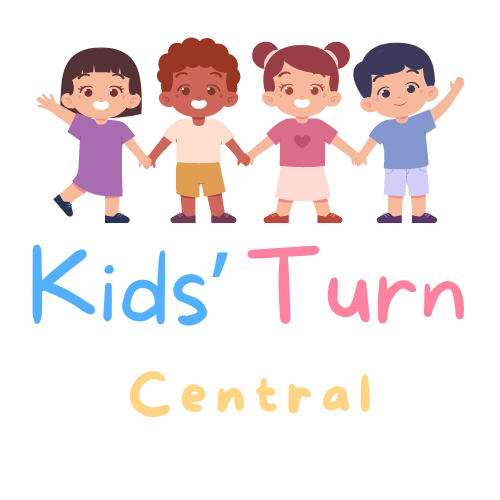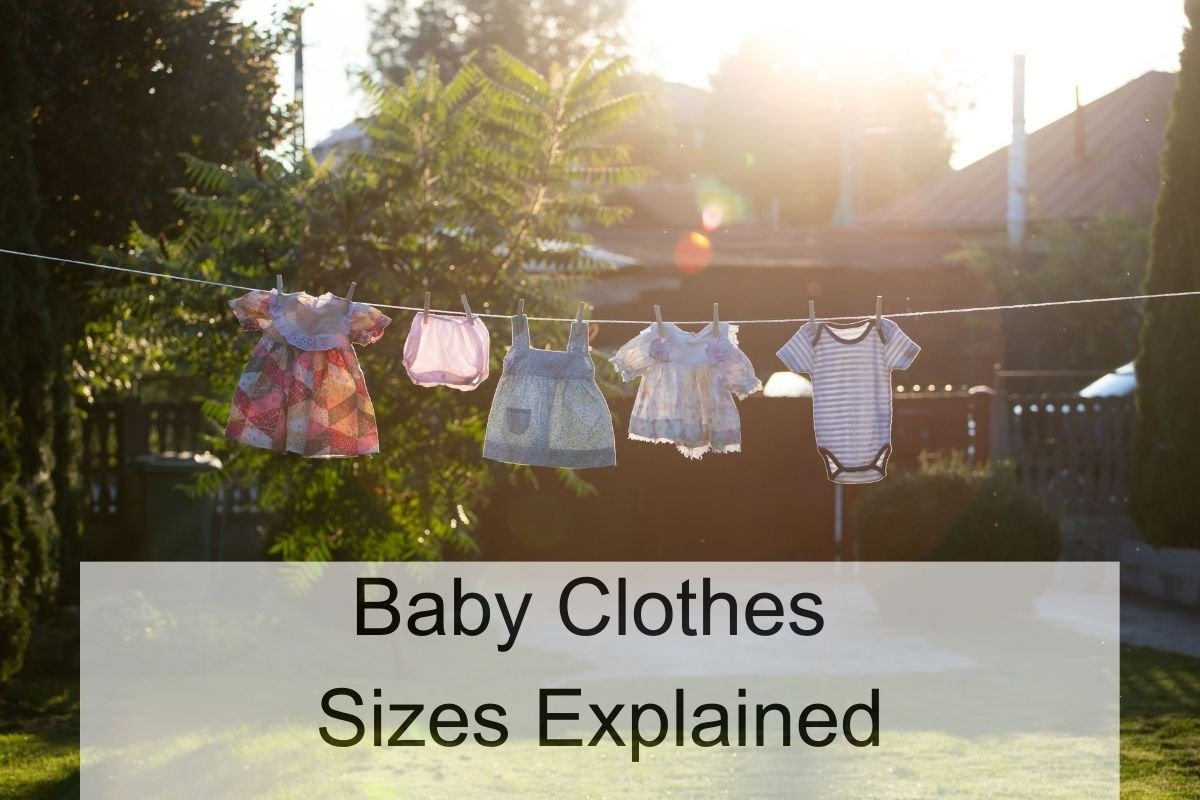As a new parent, one of the most daunting tasks can be figuring out what size clothes to buy for your baby. With so many different brands and sizing charts, it can be overwhelming to determine what size will fit your little one best. The good news is that with a little bit of knowledge, you can easily navigate the world of baby clothes sizes.

When it comes to baby clothes, the sizing is typically based on the baby’s weight and age. However, it’s important to keep in mind that every baby is different and may not fit into the standard sizing charts. Additionally, different brands may have slightly different sizing, so it’s always a good idea to check the brand’s specific size chart before making a purchase. By doing so, you can ensure that you’re buying clothes that will fit your baby comfortably.
One thing to keep in mind is that babies grow quickly, so you may find yourself needing to buy new clothes frequently. It’s always a good idea to have a few different sizes on hand, so you’re prepared for any growth spurts. With a little bit of knowledge and preparation, you can take the guesswork out of buying baby clothes and ensure that your little one is comfortable and stylish.
Understanding Baby Clothes Sizes

As a new parent, shopping for baby clothes can be overwhelming, especially when it comes to understanding the sizing. In this section, I will explain the different types of baby clothes sizes to help you make informed decisions when shopping for your little one.
Age-Based Sizing
Age-based sizing is the most common type of sizing used for baby clothes. It is based on the age of the baby, and the sizes range from preemie to 24 months. However, it’s important to note that babies grow at different rates, so age-based sizing may not always be accurate.
Weight and Length Measurements
Some baby clothes are sized based on weight and length measurements. This type of sizing is more accurate because it takes into account the baby’s actual size. For example, a preemie size may be for babies weighing up to 5 pounds, while a newborn size may be for babies weighing between 5 and 8 pounds.
Size Labels and What They Mean
Baby clothes sizes can be labeled differently depending on the brand. For example, a size 0-3 months may be labeled as “newborn” by one brand and “3 months” by another. It’s important to pay attention to the size labels and what they mean for each brand to ensure a proper fit.
Standard Baby Clothing Size Chart

As a new parent, it can be overwhelming to figure out what size clothing to buy for your baby. Luckily, there is a standard baby clothing size chart that can help you make the right choice.
Newborn to 24 Months
The first size on the baby clothing size chart is preemie, which is for babies who weigh up to 5 pounds. After that, the sizes increase to newborn (5-8 pounds), 3 months (8-12 pounds), 6 months (12-16 pounds), 9 months (16-20 pounds), 12 months (20-24 pounds), and 18 months (24-28 pounds) 1. Keep in mind that these sizes are just a general guide and can vary by brand.
When shopping for baby clothes, it’s important to consider the season and the type of clothing. For example, you may want to buy a larger size for winter clothes to allow for layering. You may also want to choose stretchy materials for clothes that your baby will wear frequently, such as onesies.
Toddler Clothing Sizes
Once your baby reaches 2 years old, they will transition into toddler clothing sizes. The most common toddler clothing sizes include 2T, 3T, and 4T 2. These sizes refer to the minimum age range for that size, rather than the maximum age range like baby clothes sizes.
When shopping for toddler clothes, keep in mind that your child may grow quickly, so you may want to buy a size up to allow for growth. You may also want to consider the type of clothing and the season, just like with baby clothes.
How to Choose the Right Size

As a new parent, choosing the right size for your baby’s clothes can be overwhelming. Here are some tips to help you make the right choice.
Considering Baby’s Growth
Babies grow quickly, and their clothing needs change just as fast. When shopping for baby clothes, it’s important to consider your baby’s growth rate. Keep in mind that babies typically double their birth weight by 5 months and triple it by their first birthday. This means that your baby will quickly outgrow their clothes.
To ensure that your baby’s clothes fit properly, it’s best to buy clothes that are one size larger than their current size. This will give your baby room to grow and allow them to wear the clothes for a longer period of time.
Tips for Trying On Clothes
When trying on clothes, it’s important to make sure that they fit properly. Here are some tips to help you get the right fit:
- Check the size chart: Each brand has its own size chart, so it’s important to check the size chart before buying clothes. This will help you choose the right size for your baby.
- Look for stretchy fabrics: Clothes made from stretchy fabrics, such as cotton or spandex, will give your baby room to move and grow.
- Check the length of the sleeves and legs: Make sure that the sleeves and legs are the right length. Clothes that are too short or too long can be uncomfortable for your baby.
When to Size Up
It’s important to size up when your baby outgrows their clothes. Here are some signs that it’s time to size up:
- The clothes are too tight: If the clothes are too tight, they can be uncomfortable for your baby and restrict their movement.
- The clothes are too short: If the clothes are too short, they can ride up and expose your baby’s skin.
- The clothes are too loose: Clothes that are too loose can be uncomfortable for your baby and make it difficult for them to move around.
Special Considerations for Baby Clothes

As a caregiver, I know that shopping for baby clothes can be overwhelming. With so many options available, it can be difficult to know what to look for. However, there are a few special considerations that can make the process easier and ensure that your baby is comfortable and safe in their clothes.
Seasonal Clothing Choices
When choosing baby clothes, it’s important to consider the season. For example, during the winter months, you’ll want to look for clothes that are warm and cozy, such as onesies and footed pajamas made from fleece or other soft materials. On the other hand, during the summer months, you’ll want to look for clothes that are lightweight and breathable, such as cotton rompers and shorts.
Comfort and Mobility
Another important consideration when choosing baby clothes is comfort and mobility. Babies need clothes that allow them to move freely and comfortably, without restricting their movements or causing irritation. Look for clothes that are made from soft, stretchy materials, such as cotton or bamboo, and avoid clothes with scratchy tags or seams.
Safety and Clothing Features
Finally, when choosing baby clothes, it’s important to consider safety and clothing features. Look for clothes that have features like snap closures instead of buttons, as buttons can be a choking hazard. Additionally, look for clothes that are designed with safety features like non-slip soles on footed pajamas or hats with chin straps to keep them in place.
Caring for Baby Clothes
As a new parent, I was surprised to learn how quickly babies outgrow their clothes. It seemed like I was constantly buying new outfits, only to have them be too small in a matter of weeks. To make the most of my baby’s wardrobe, I learned some tips and tricks for caring for baby clothes.
Washing and Care Instructions
It’s important to follow the washing and care instructions on baby clothes to ensure they last as long as possible. Most baby clothes can be machine washed and dried, but some may require special care. For example, delicate fabrics like lace or silk may need to be hand washed and air dried.
To avoid shrinking or damaging clothes, I always wash baby clothes in cold water and use a gentle detergent. I also make sure to separate clothes by color to prevent any bleeding or fading.
Storage Tips for Outgrown Clothes
As babies grow quickly, it’s important to have a plan for storing outgrown clothes. I found that storing clothes by size in clear plastic bins was the most effective method for me. I also made sure to label each bin with the size and season of the clothes inside.
To prevent damage from pests or moisture, I stored the bins in a dry, cool place like a closet or basement. I also made sure to wash and dry all clothes before storing them to prevent any stains or odors from setting in.
Shopping for Baby Clothes
As a new parent, shopping for baby clothes can be both exciting and overwhelming. There are so many cute options out there, but it’s important to keep in mind the practicality and functionality of the clothes as well. Here are some tips for shopping for baby clothes:
Where to Shop
There are many options when it comes to shopping for baby clothes. Some popular options include department stores, baby boutiques, and online retailers. It’s important to shop around and compare prices and quality. Don’t be afraid to ask for recommendations from other parents or to read reviews online.
Budgeting for Baby Clothes
Babies grow quickly, so it’s important to be mindful of your budget when shopping for clothes. Consider buying a mix of sizes, so you’re not constantly having to buy new clothes. Also, keep in mind that babies don’t need a lot of fancy or expensive clothes. Simple and comfortable outfits are best, especially in the early months.
Sustainable and Second-Hand Options
If you’re looking for more sustainable and budget-friendly options, consider shopping second-hand or choosing clothes made from eco-friendly materials. Many communities have consignment shops or online marketplaces where you can find gently used baby clothes. Additionally, there are many brands that specialize in sustainable and organic baby clothes. These options not only reduce waste but also can be healthier for your baby’s skin.

